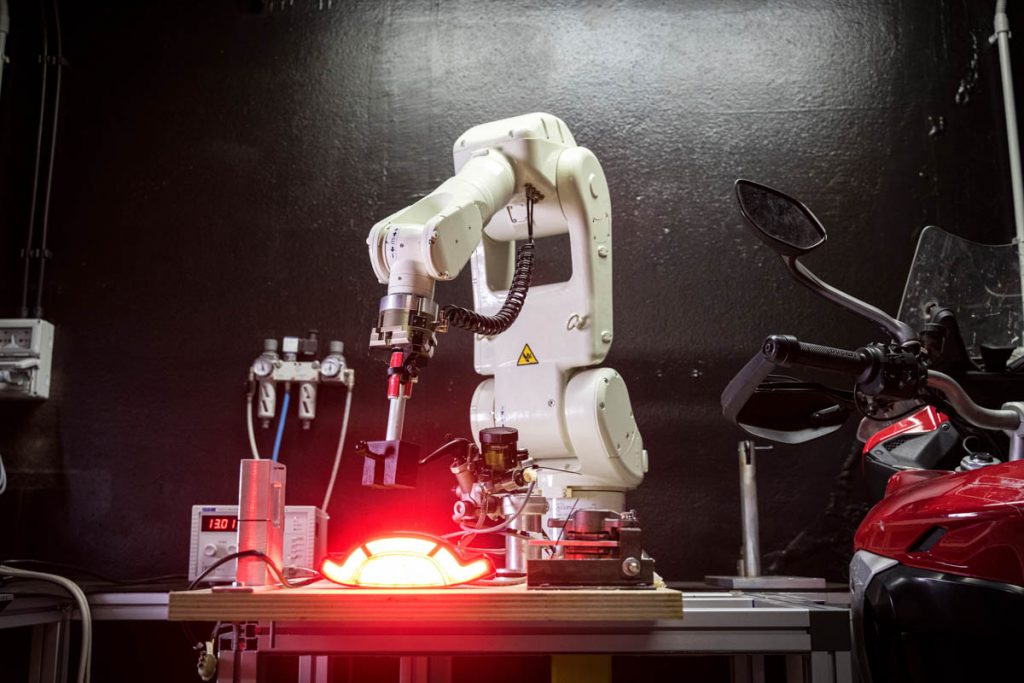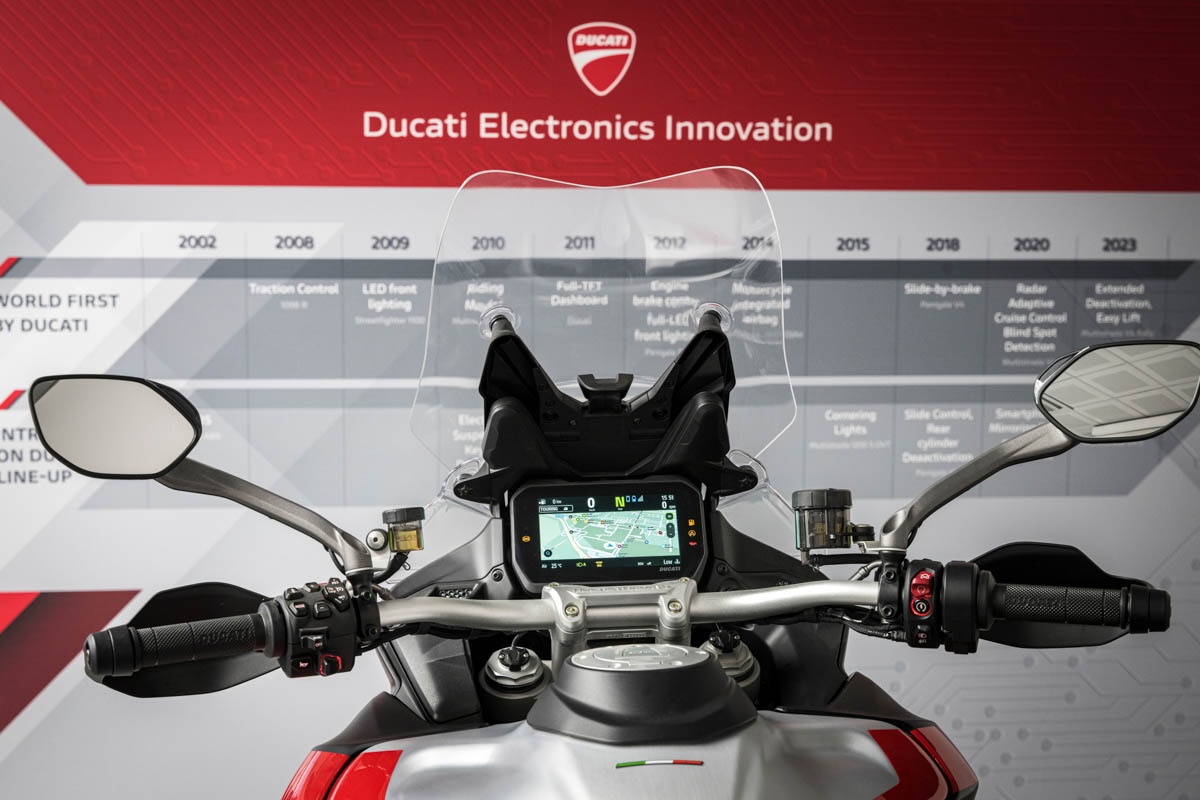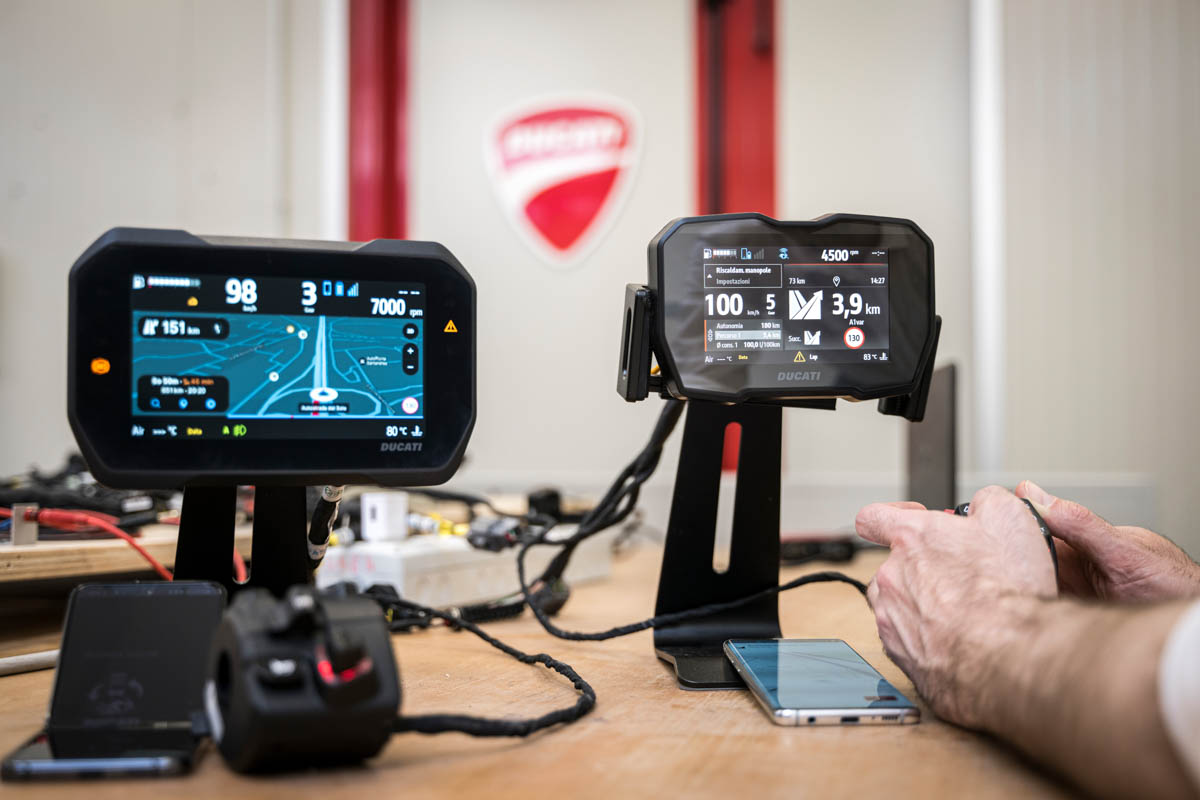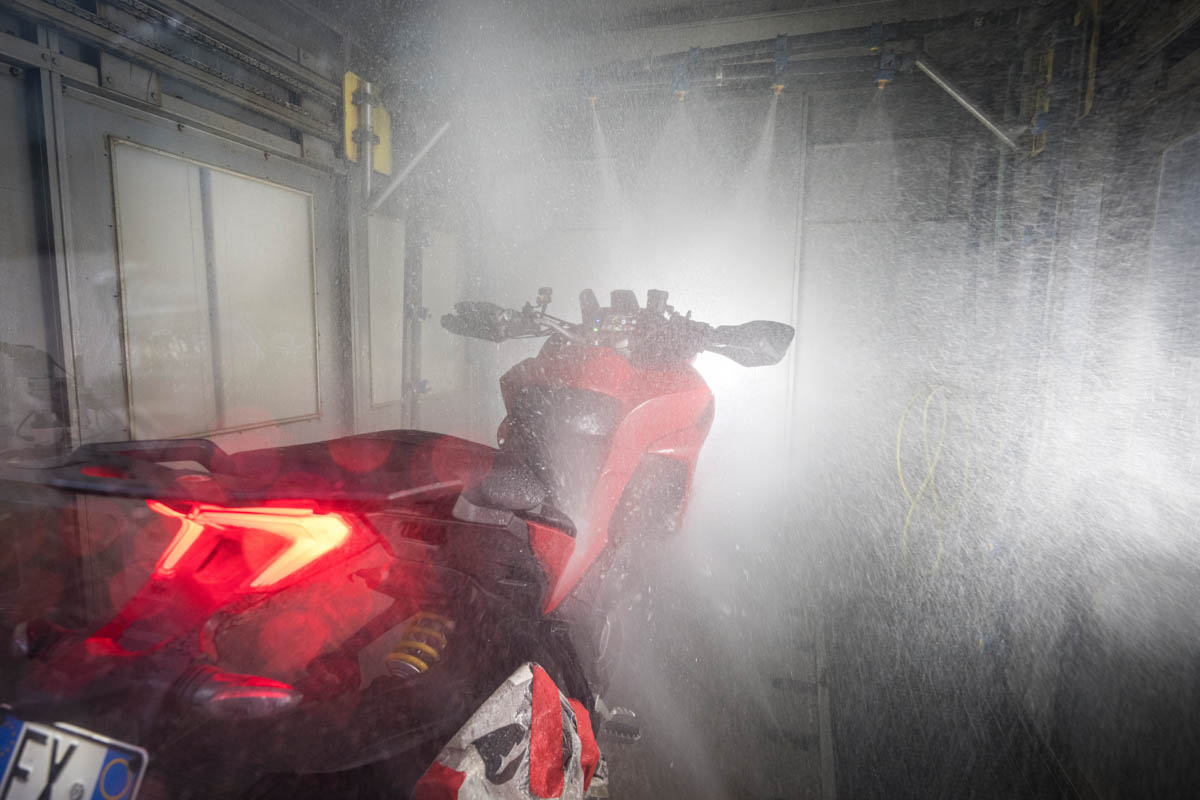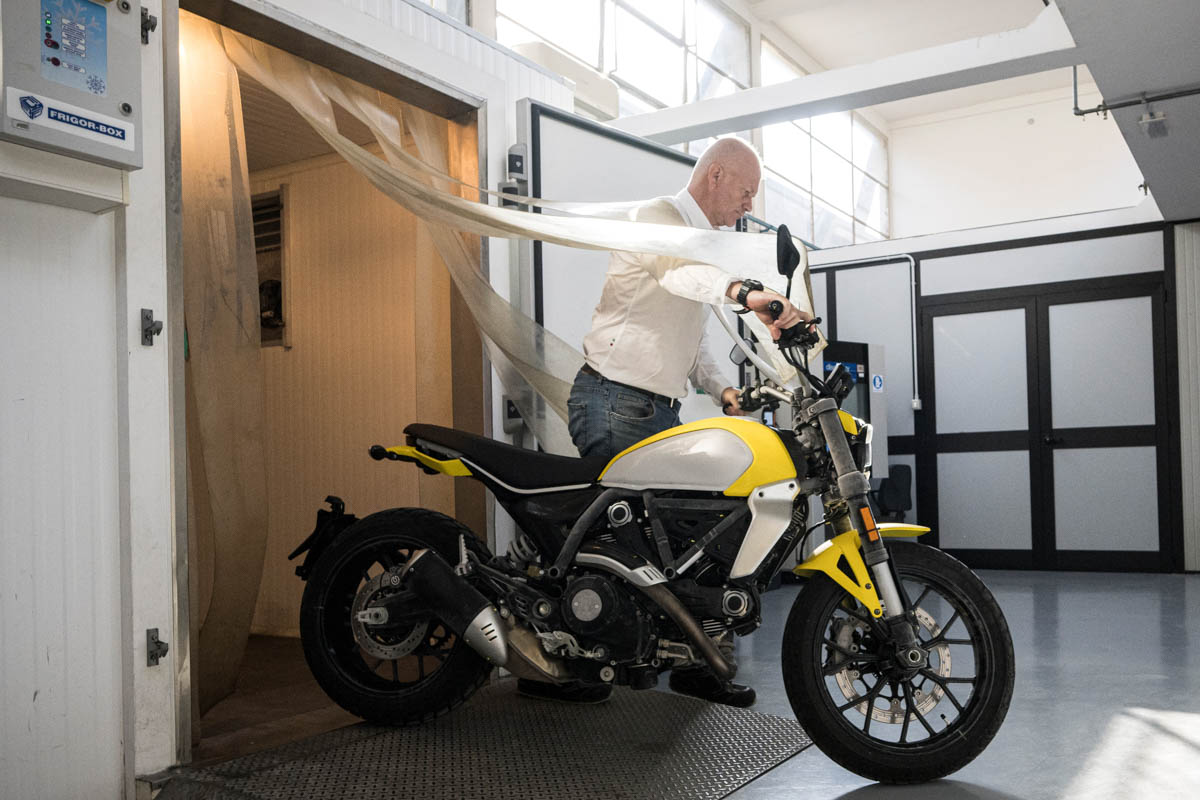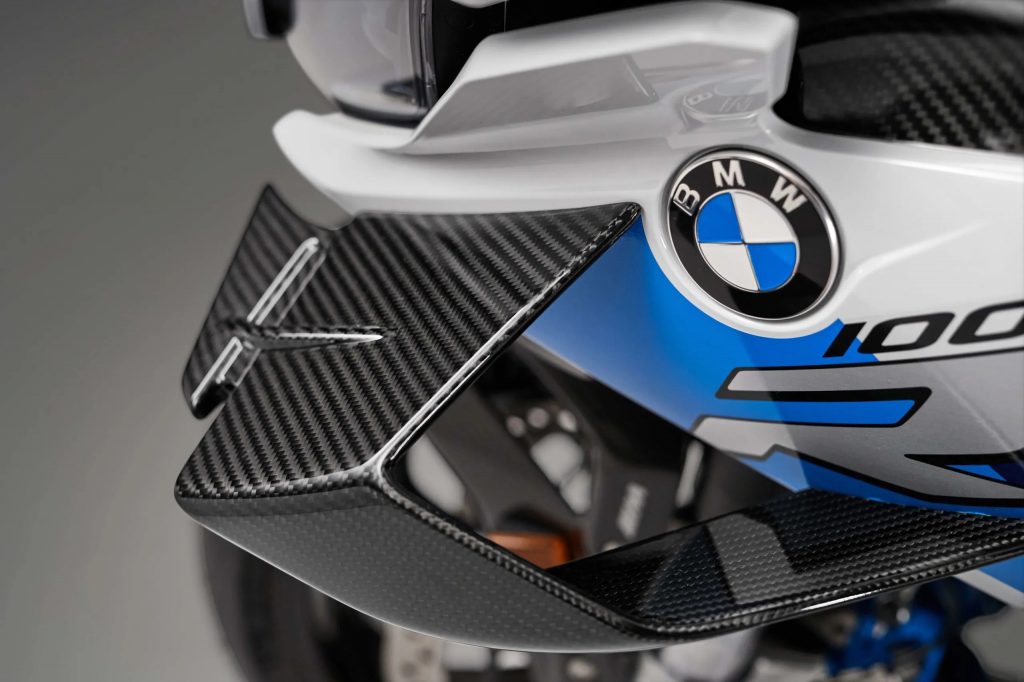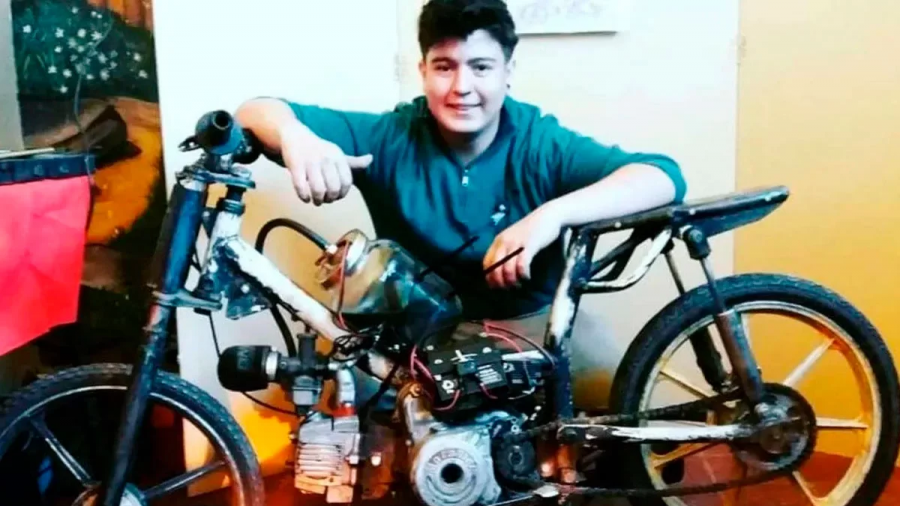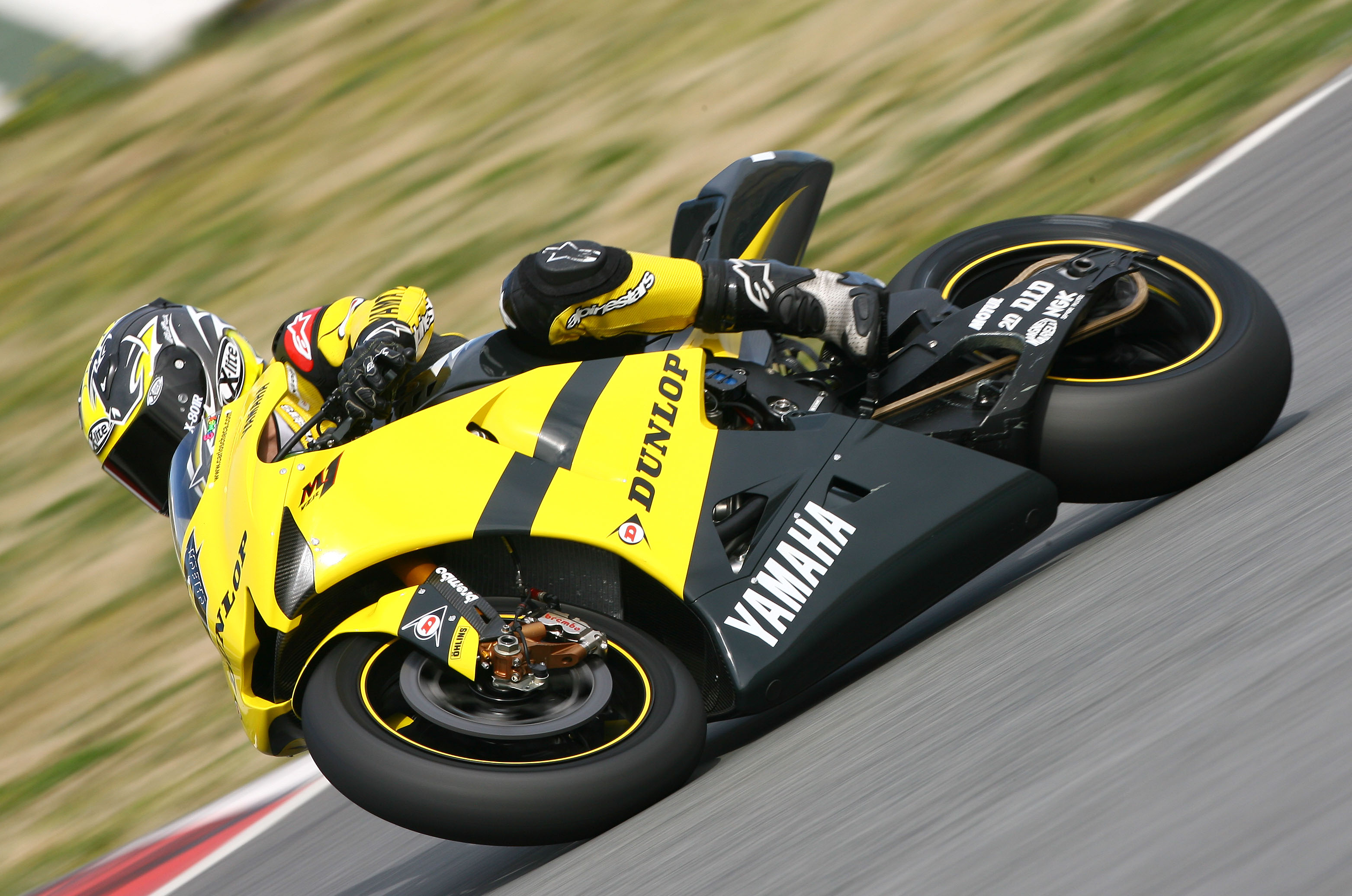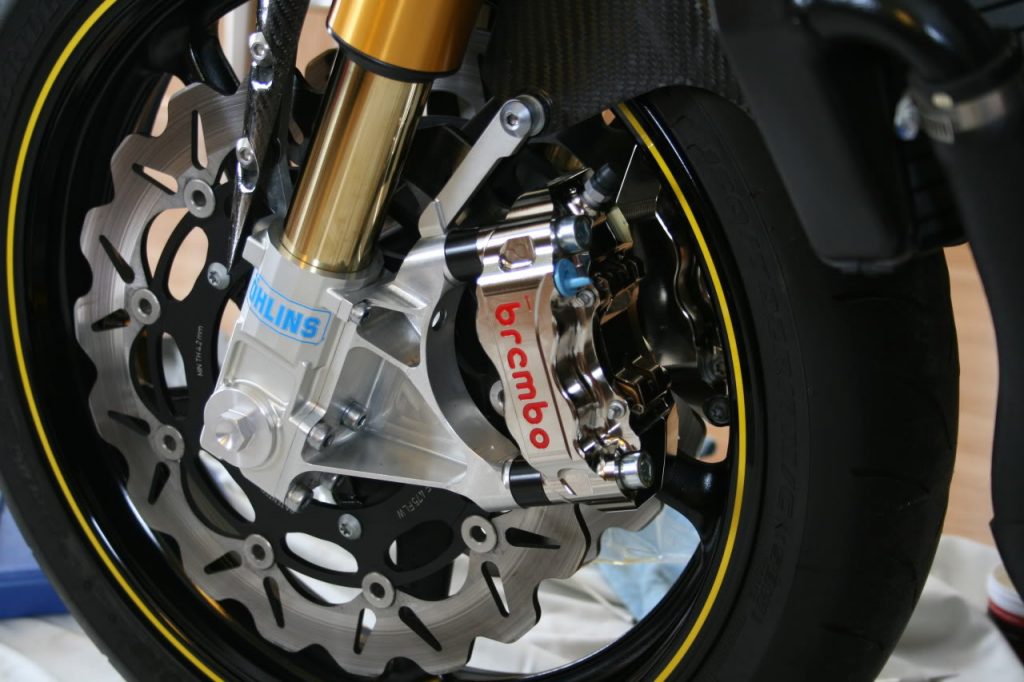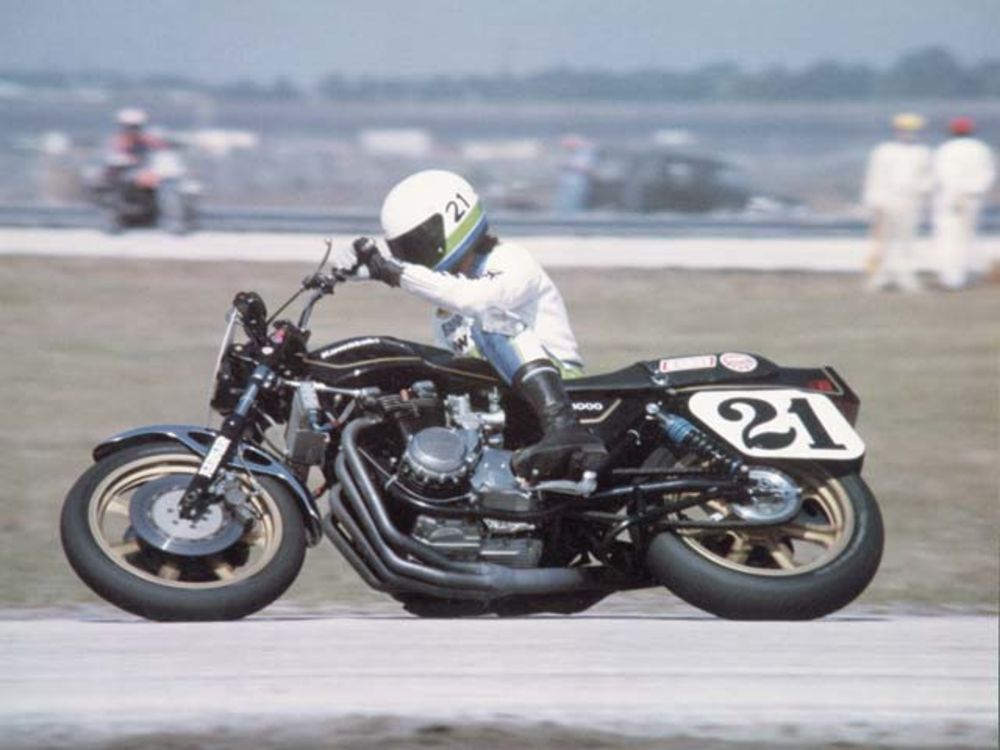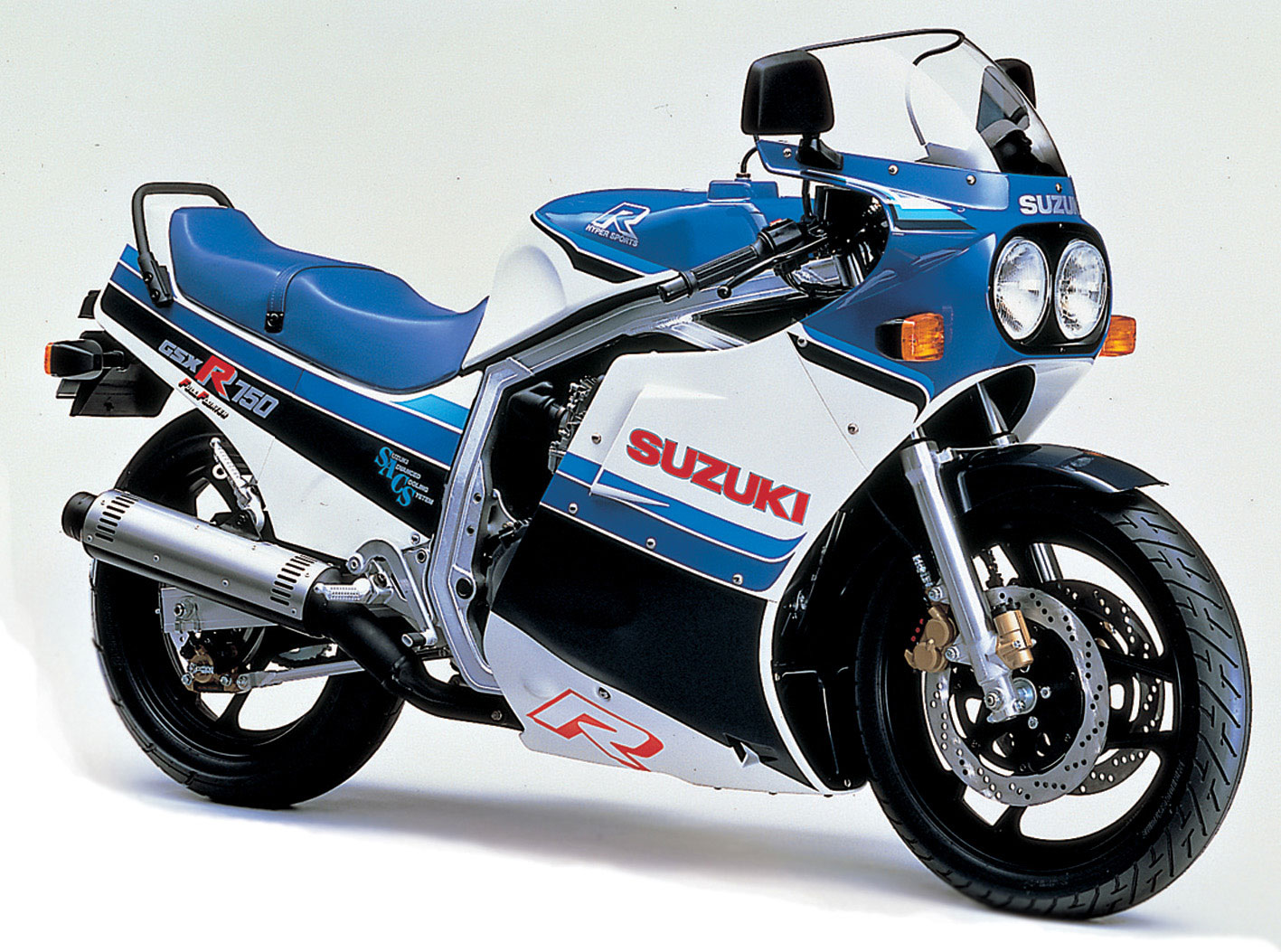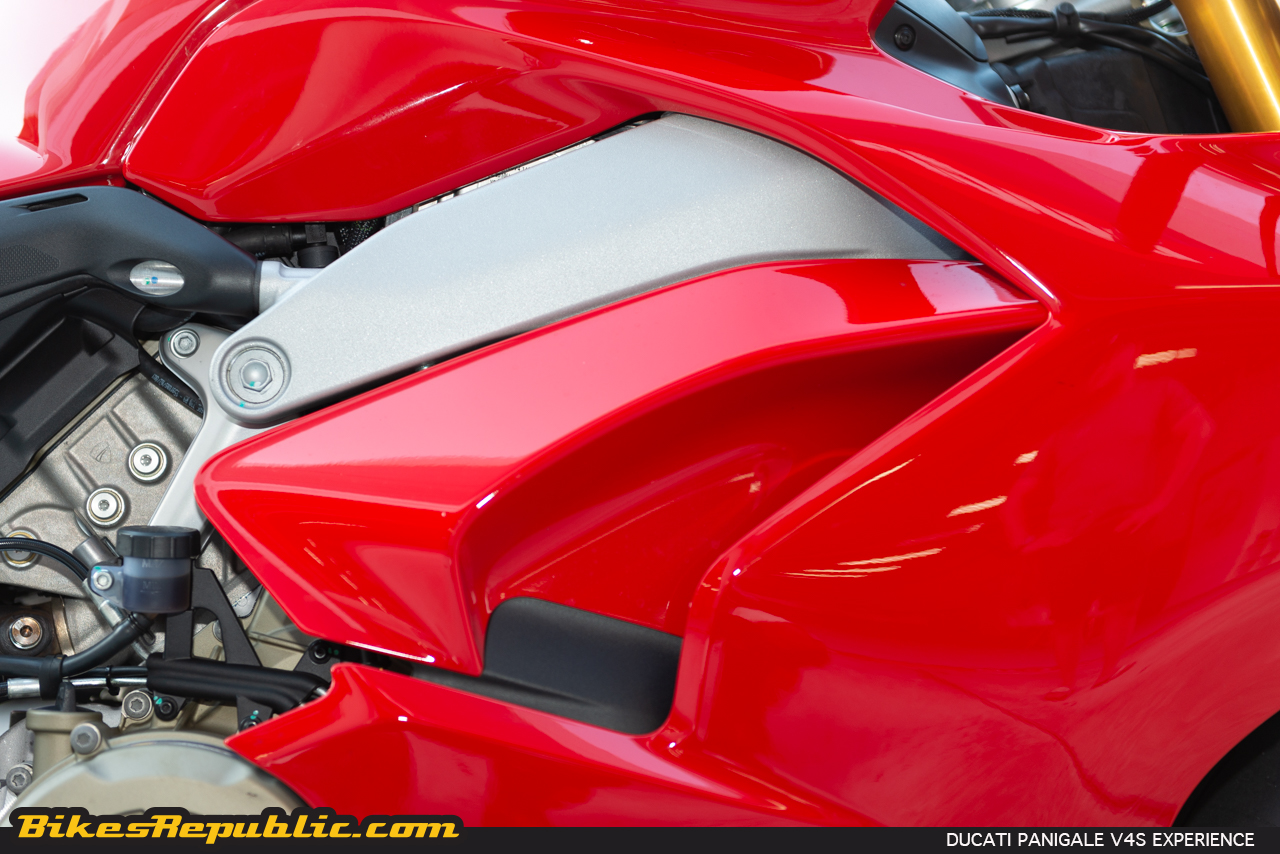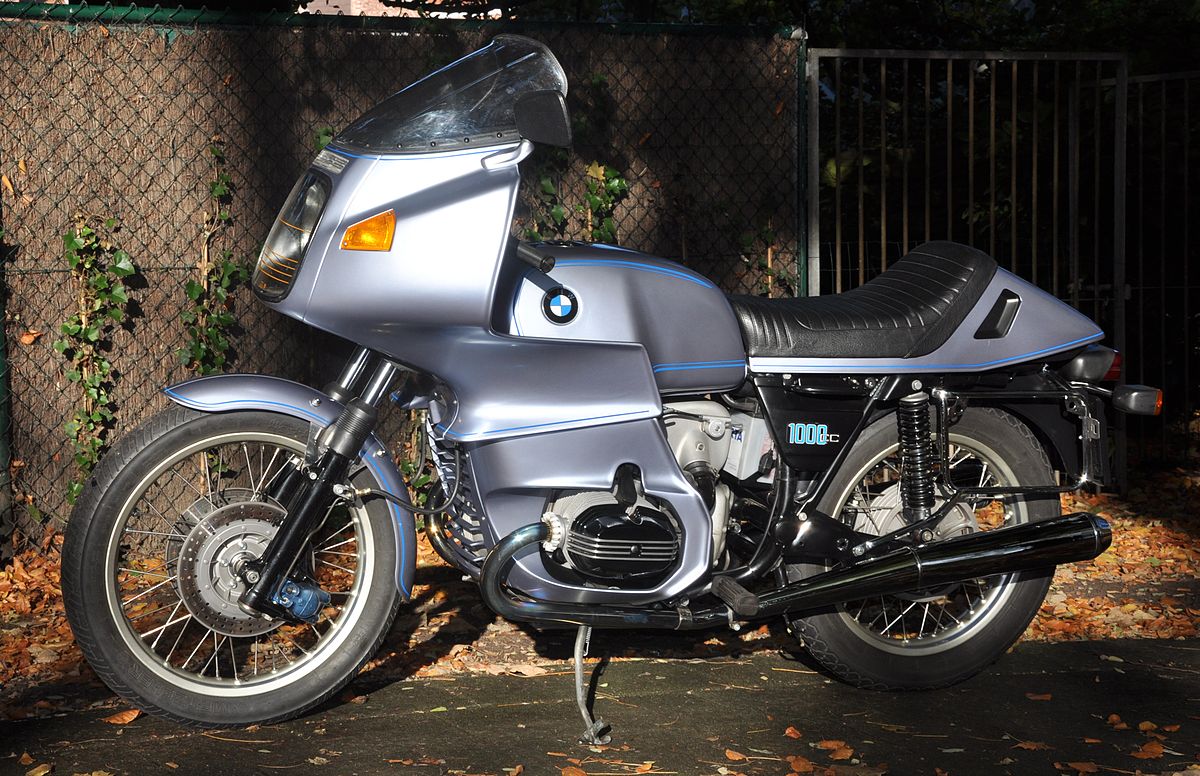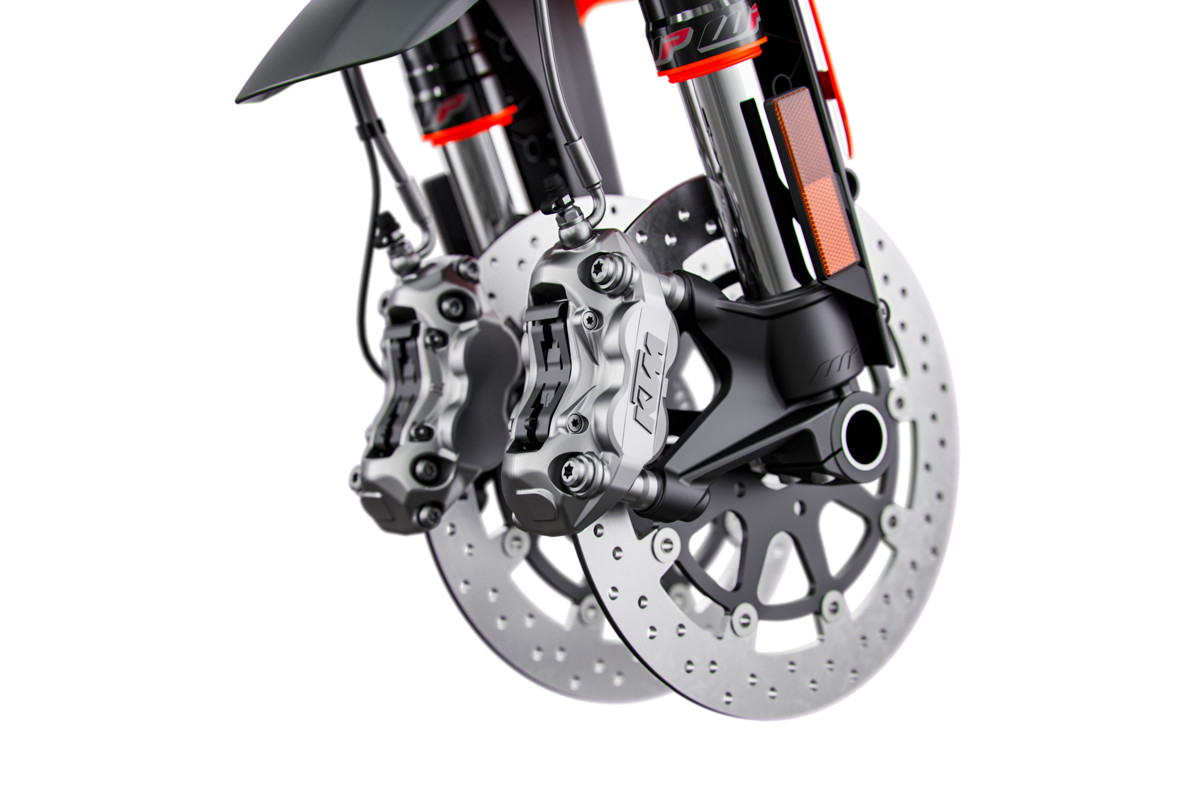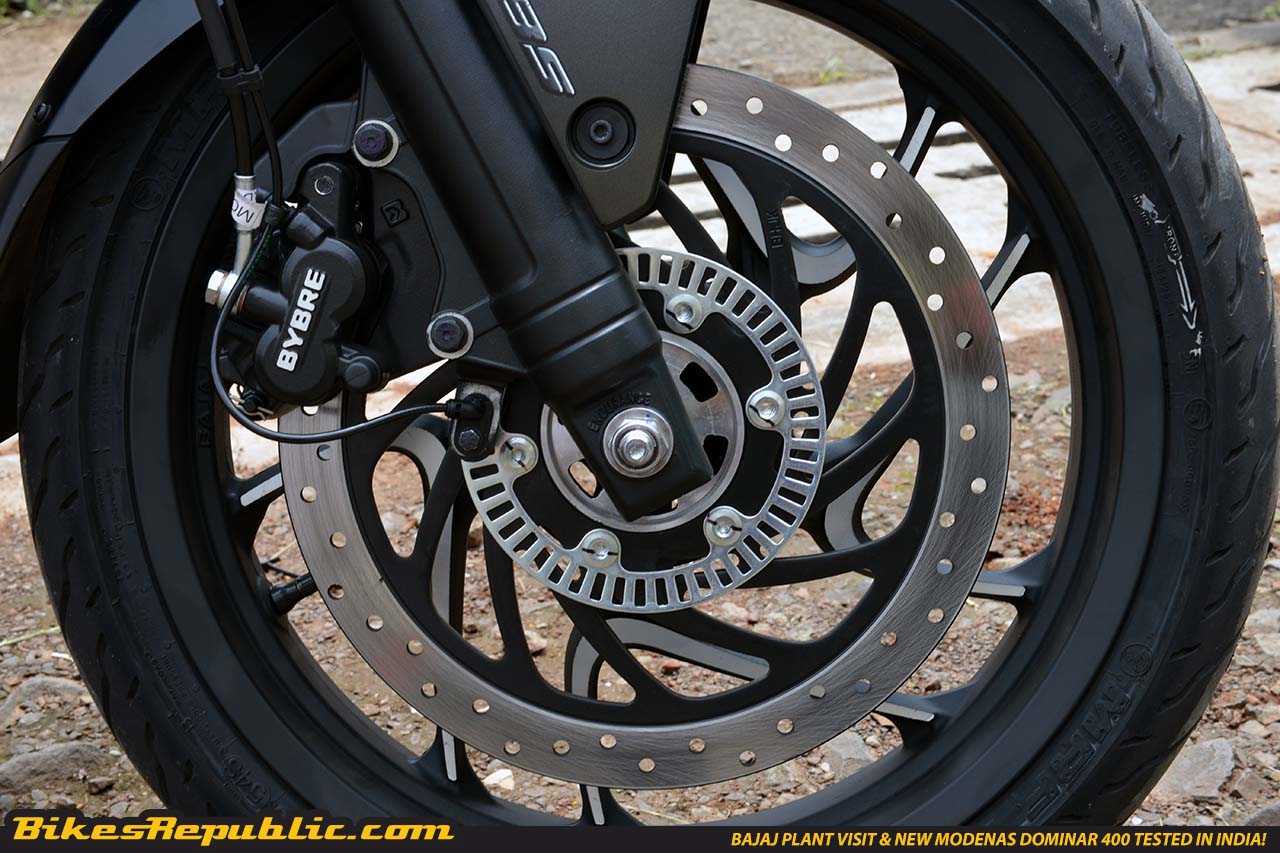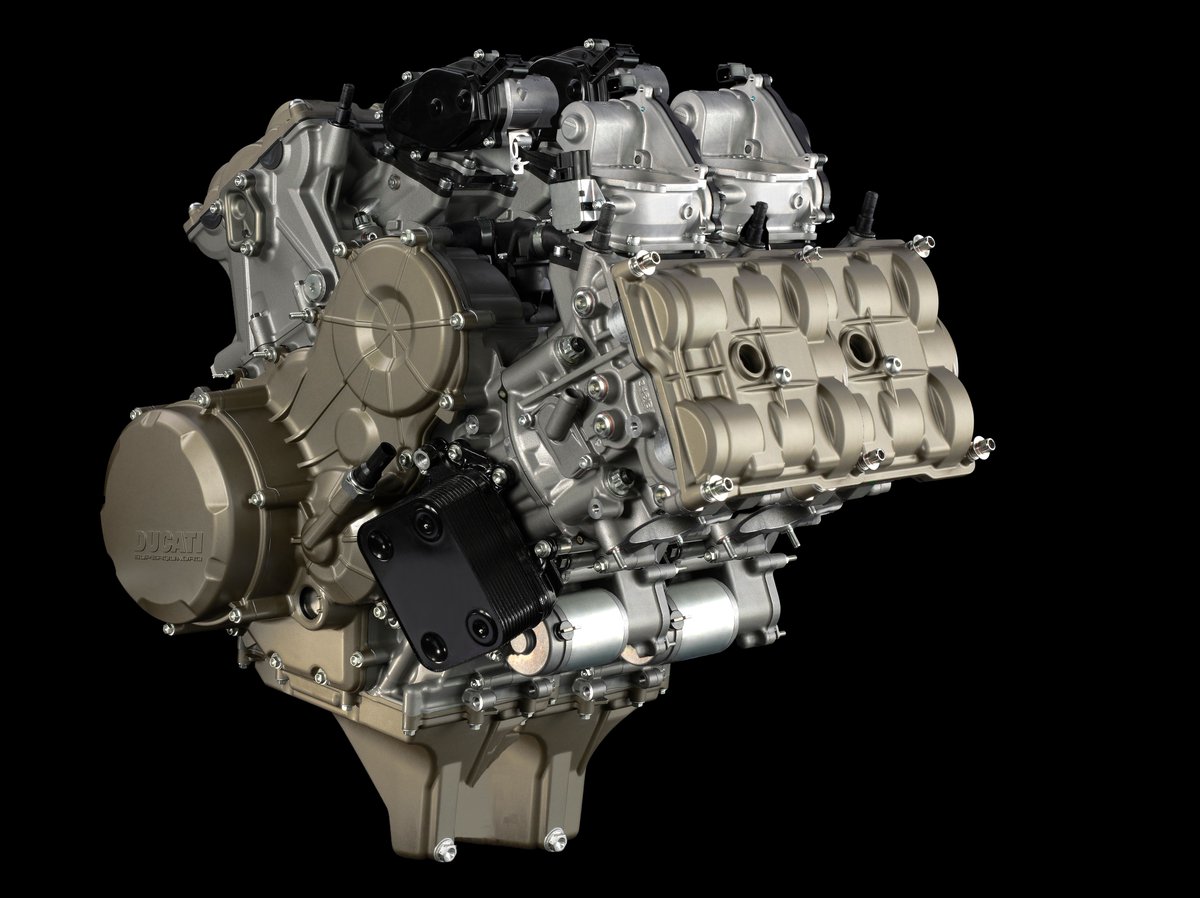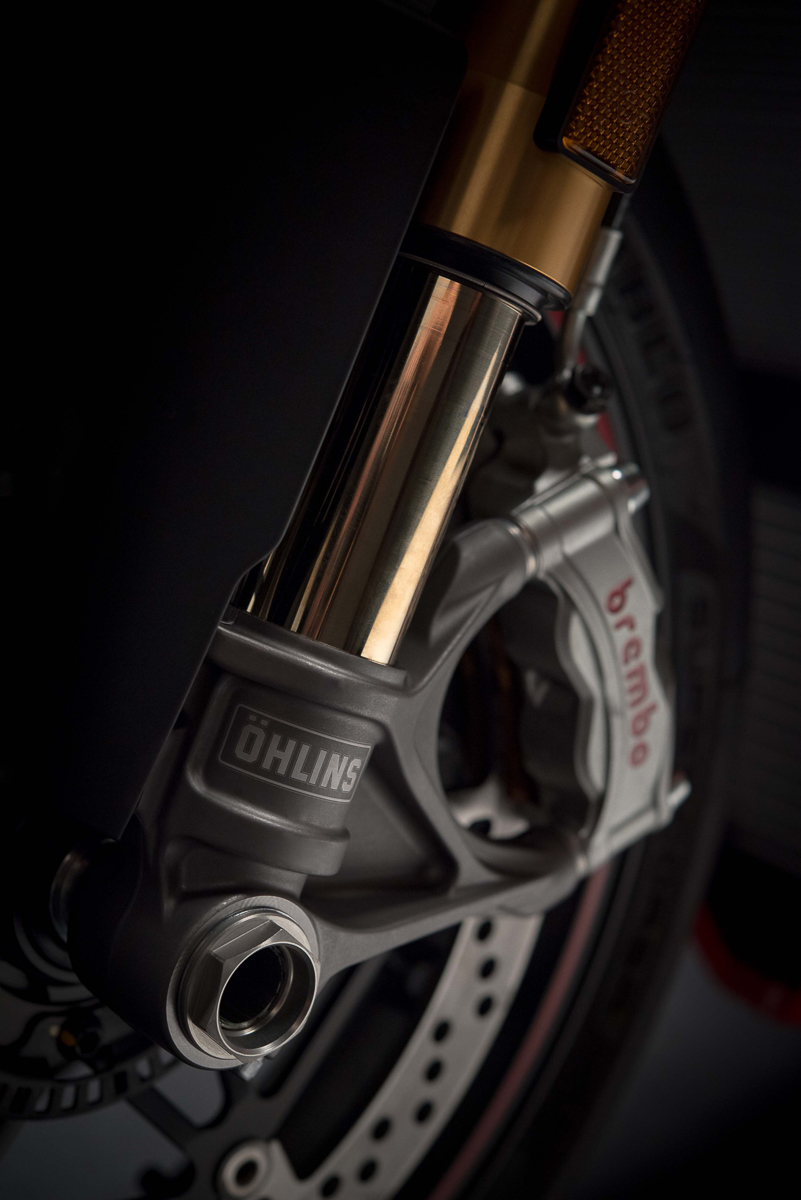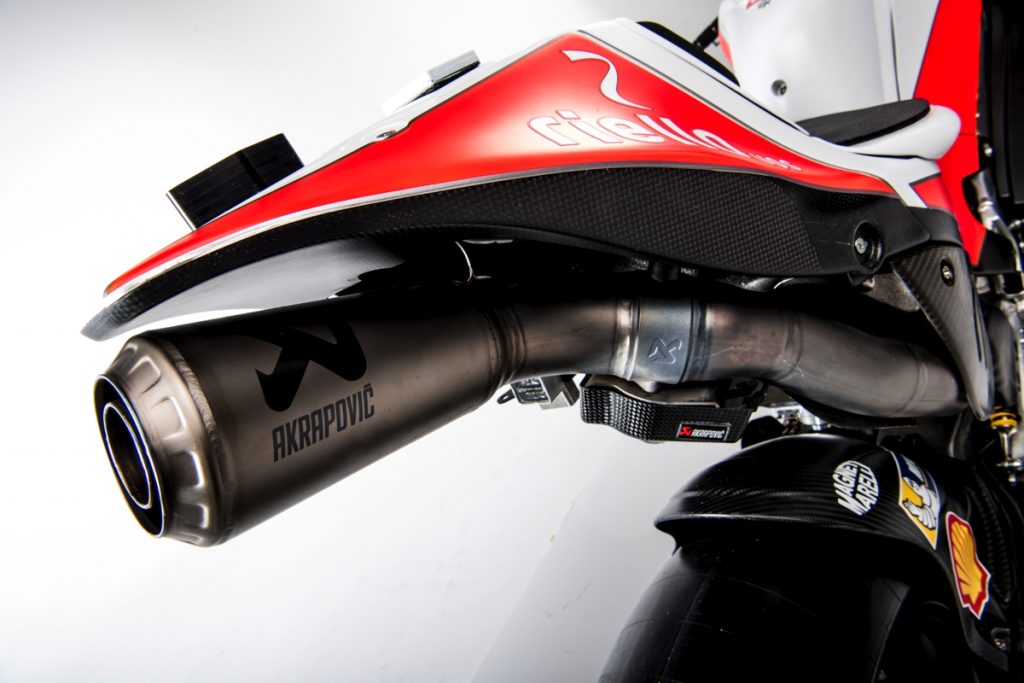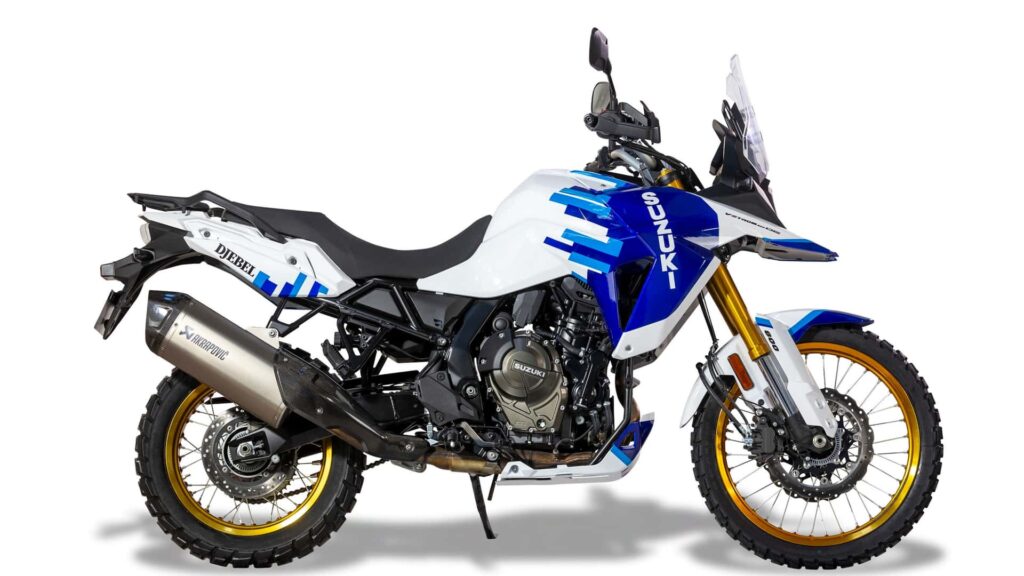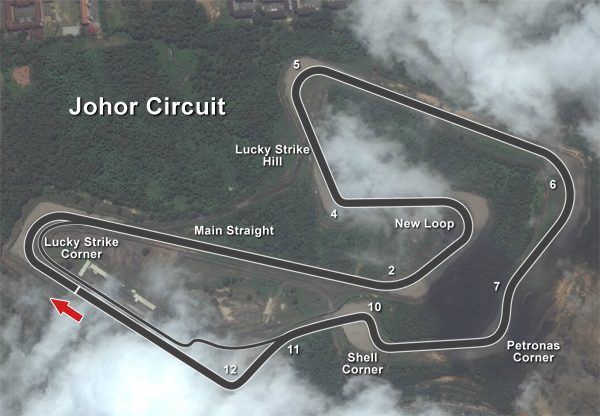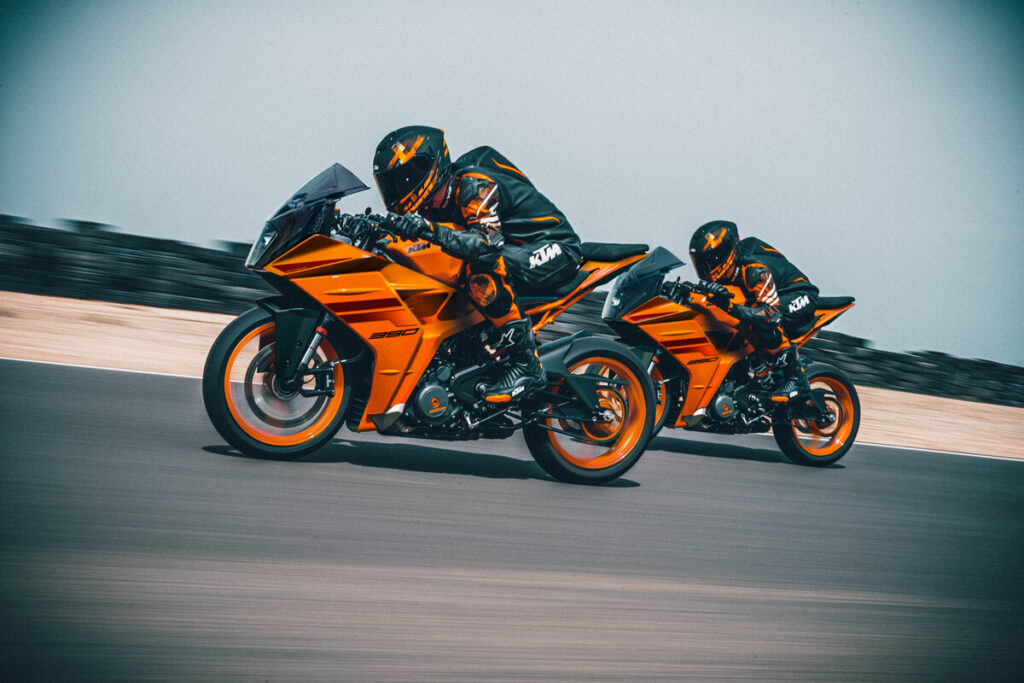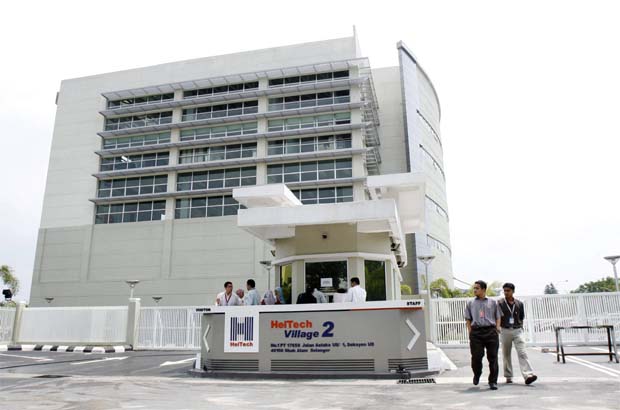Ducati has established itself as a pioneering force in the industry, introducing cutting-edge electronic systems that have become standard features on motorcycles across various segments.
- Ducati has set a new benchmark in the two-wheel industry.
- Ducati’s journey of innovation began over a decade ago when they introduced the Traction Control system on the 1098R.
Through constant investments in research and development, as well as the transfer of solutions and expertise from racing competitions, Ducati has become a technological benchmark in the motorcycle world.
The seamless blend of beauty and technology is evident in every Ducati model, from the Multistrada V4 to the Scrambler, and the Panigale V4. Each bike is meticulously designed to provide Ducatisti with unparalleled experiences, achieved through sophisticated electronic solutions tailored to different riding preferences.
Ducati’s journey of innovation began over a decade ago when they introduced the Traction Control system on the 1098R in 2008, revolutionizing the performance and safety standards of super sports bikes. Subsequent groundbreaking milestones include the world’s first LED headlight on the Streetfighter 1100 in 2009 and the introduction of Riding Modes on the Multistrada 1200 S in 2010.
The company has consistently pushed boundaries, presenting the motorcycle world with advancements like the TFT instrumentation on the Diavel in 2011 and the Full-LED light cluster and electronic engine brake management on the award-winning 1199 Panigale in 2012.
Ducati’s commitment to safety led to a collaboration with Dainese in 2014, resulting in the Multistrada 1200 Touring D|Air, the first motorcycle integrated with an airbag system capable of rapid activation during a crash or slide.
The year 2020 marked another significant milestone for Ducati as they became the first motorcycle manufacturer to incorporate radars into their bikes, paving the way for the implementation of Adaptive Cruise Control and Blind Spot Detection systems on the Multistrada V4.
In addition to introducing innovative technologies, Ducati focuses on enhancing existing models. Owners of the Multistrada V4, for example, received complimentary upgrades such as the Minimum Preload and Easy Lift systems, as well as navigation system enhancements.
Ducati’s approach to technological advancements involves developing most of its electronic contents internally, collaborating closely with suppliers like Pirelli, Brembo, and Bosch. This strategy allows Ducati to have complete control over the customization and application of technologies, creating a unique and tailored experience for their riders.
The company’s commitment to innovation extends to its working methods. Ducati has established internal laboratories, such as the Electrical & Electronic Testing facility, to conduct comprehensive tests on electrical and electronic components. These tests include extreme temperature simulations, endurance assessments, and functional verifications of the components under real-world conditions.
Ducati’s dedication to software development and connectivity is exemplified by its navigation systems, incorporating Phone Mirroring and Turn-by-Turn solutions that offer compatibility with various operating systems and continuous software updates for customers.
This unwavering commitment to innovation, combined with a focus on quality and a deep understanding of rider needs, has positioned Ducati as a leading force in the motorcycle industry. Year after year, Ducati continues to fulfill the dreams of Ducatisti by delivering exceptional bikes that embody the perfect harmony of technology and artistry.
With a rich history of world-first innovations and an unwavering dedication to pushing boundaries, Ducati is poised to shape the future of motorcycles, elevating the riding experience to new heights.


